Karkur - a proud past and a brighter future
Karkur then ... photos showing settlers in the early days
As we are inundated with television programs and newspapers reporting only the black sides of life here in our small troubled State, I search for the positive sides that do exist.
Whilst trotting along to the neighborhood supermarket to replenish food requirements on a sun-filled winter afternoon, I found myself thinking: "Well, here is something good, something positive that proves the optimistic side of our existence!"
And why? The next day would be Tu b'Shvat – the New Year of the Trees – which is celebrated in contemporary Israel as an ecological awareness day with plantings of trees, shrubs and evergreens. And there they were - young children preparing the ground surrounding their kindergarten with joyful enthusiasm, cosseted by this dynamically evolving neighborhood of Karkur. The kindergarten is sheltered from wind and sun by the towering eucalyptus trees that were planted a hundred years ago in the first stages of settlement.
Let us go back into the past, to the days when the idea of rebuilding Israel, the land of the Jewish people, was a far-off objective but one that was full of renewed hope. The year is 1912 - a period when the purchase of land in Palestine from its Arab owners was on the increase. The Ahuza Society decided to spread its roots from America across the ocean to Britain hoping for additional members who would encourage and further Jewish settlement in Palestine, and so the first London Achuza Society was formed.
Many of the Jews in those years had come to America and to England to escape the pogroms of Eastern Europe. Many found work in the sweat shops of the garment trade and 'sweated' constantly to progress onwards and upwards and to establish themselves financially, which they did. They still had connections with the Odessa Committee. This was a charitable organization that had been formed in the Russian Empire, even before Zionism, and supported immigration to the Land of the Bible. Together the land that would become Karkur, Pardes Hana, Gan HaShomron and Kibbutz Ein Shemer was purchased from its Turkish Pasha owner. Subsequently, individual members of the London Achuza Society who aspired to recreate Israel began to acquire small plots.
The section of land that was allotted to them was Karkur; it lay inland and spread from the south-east edge of the Carmel Mountains southward towards Hadera. Fear of the spread of malaria plagued the early residents of Hadera for a number of years. However, physicians guaranteed that the swamps in this area were so small that it was possible to dry them by planting eucalyptus trees. Orders were given to immediately plant trees. This was also important because the Ottoman law laid down that land cultivation must be carried out for three years, otherwise the lands could be expropriated. The eucalyptus trees survived but the first olive and almond trees that were planted by hired labor died, and the problem of the lack of a suitable water supply became apparent. So the land was simply left initially in the basic care of the Turkoman nomads who lived in this region. Then the First World War broke out in 1914 and eventually brought about the end of the Turkish regime and the setting up of the British Mandate.
It was not until the early '20s that idealists who had acquired plots left Britain to establish a new life in Palestine and begin to cultivate their land. Initially, they held high hopes of fulfilling their dreams, but some returned to Britain after a short time on account of difficulties they could not handle. There were attacks from marauders and the early members of the Haganah were summoned to help them. But water scarcity remained their main problem; they had come to cultivate the land with the dream of re-establishing the Jewish homeland. Wells were drilled with little success. The main agriculture that proved possible in those prevalent conditions was citrus fruit and that is what was cultivated. Nevertheless, the numbers of settlers did begin to grow; simple cottages and even a few more prominent homes were constructed and life moved forward. In 1927, the first primary school was opened. It consisted of one basic room with benches and a blackboard and this was the introduction to education in Karkur for the younger children.
By 1928, there were 150 inhabitants; the initial settlers from Britain were joined by Americans and Poles. It was1930 before the sources of an abundant water supply were discovered. Then began a more significant growth of population with a resident doctor, a small pharmacy, a synagogue and a kindergarten. A proper primary school was opened, but only in 1934 did a high school open – the famous Agricultural High School in nearby Pardes Hanna. Bus transportation was regularized and a railway station opened in Hadera. A number of surrounding moshavim and kibbutzim were developed that also brought more inhabitants to the area together with the growth of neighboring Pardes Hanna. Thus, a sector of the basis of today's Israel was established which survived the problems of the British Mandate, the Second World War and ongoing local wars and attacks. In 1963, Karkur celebrated its centenary with 3,400 inhabitants; after a slow but steady growth, Karkur and Pardes Hannah were united under the same local council in 1969.
But what happened to Karkur itself?
Even though the development of apartment buildings, houses, commercial buildings and services has melded it together with Pardes Hanna geographically, with a combined population of 32,000 residents, there still exist tangible sentiments of separation. Karkur of today is flowering and fulfilling all the dreams of the past. There is an ongoing growth of attractive housing, business properties and agriculture. It is a pleasure to walk the streets and byways, to enjoy the charm of well-kept gardens and avenues bordered with trees, small shopping centers, interesting little cafes and restaurants that have and are appearing and as for the kindergartens – wowee. Since we came to live here less than two years ago an additional three have been opened in our area alone. Last year, residents of our 8-story apartment building experienced 8 pregnancies at one time. In spite of the impetus of growth in Karkur, there is still a feeling of space and surrounding countryside.
Education is a top priority for the townships and it moves forward with a bold plan for pursuing excellence. During the last five years the entire local leadership have dedicated themselves to making Pardes Hanna–Karkur a location for a strong, high-quality population. This was done by using an upgraded education system as leverage to attract newcomers. Today, this serves as an incubator for over 8,000 of the 3-18 year olds, with a total of 38 kindergartens, 9 primary schools, 2 high schools and 8 boarding schools.
As a 'golden oldie' who has lived in Israel for all of 55 years and experienced many sides of life here, I feel fulfilled to observe this achievement, to meet and converse with a young, ambitious, well-educated and gratified section of our population. All is not black and may this aspect of life in Israel keep developing positively.




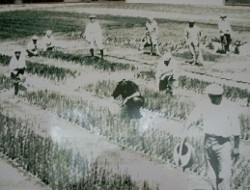
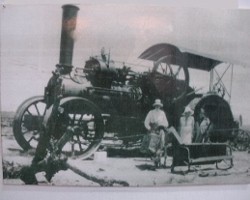
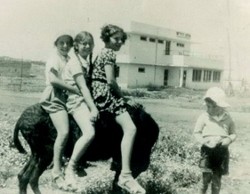
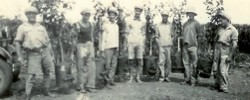
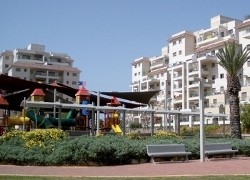
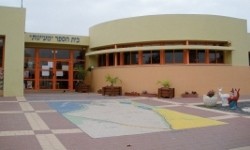
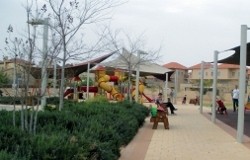
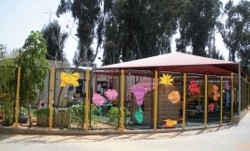





Comments